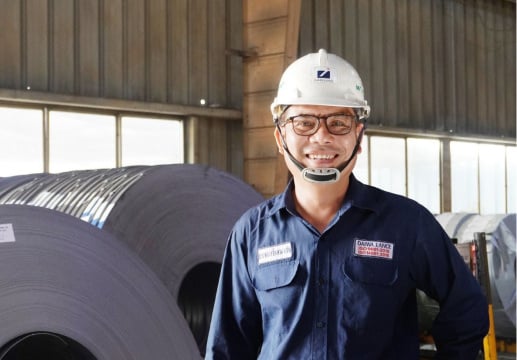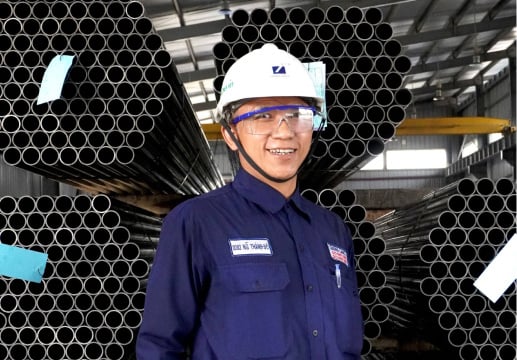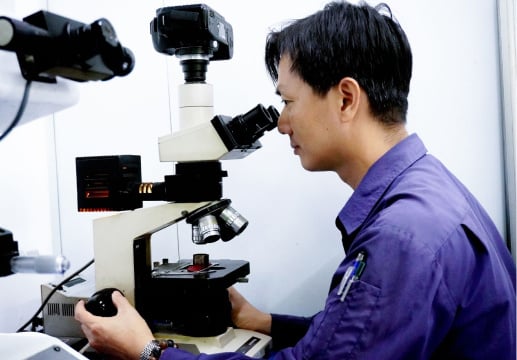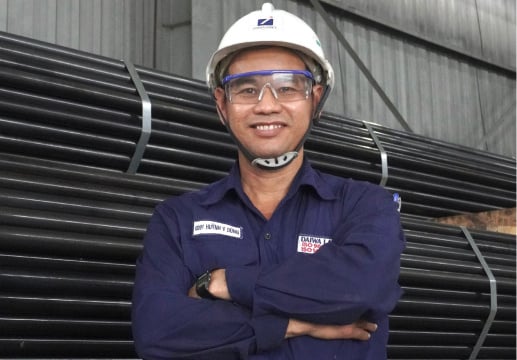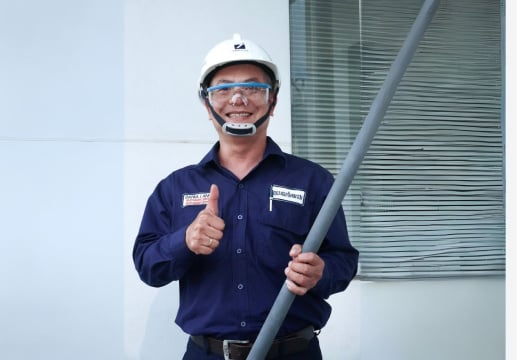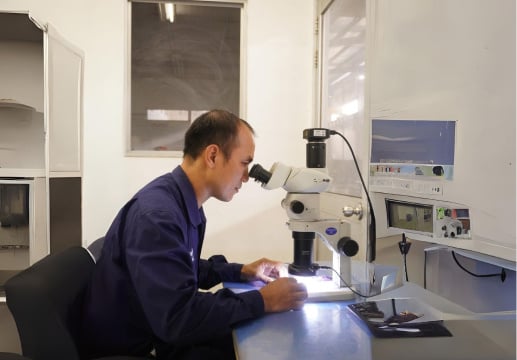Corrosion
Corrosion is a natural process that degrades materials, typically metals, through chemical or electrochemical reactions with their environment. It's essentially the slow destruction of materials by their surroundings. For steel, corrosion primarily manifests as rust, which is iron oxides formed when iron reacts with oxygen and water.

Corrosion significantly compromises the quality of steel in several ways:
- Reduced Strength: As rust forms, it occupies more volume than the original steel, creating internal stresses and reducing the steel's effective cross-sectional area. This weakens the steel, making it more susceptible to failure under stress.
- Loss of Material: The corrosive process directly consumes the steel, leading to material loss and a decrease in the component's thickness.
- Impaired Aesthetics: Rust is visually unappealing and can make steel structures look neglected and deteriorated.
- Compromised Functionality: Corroded steel parts can become less efficient, seize up, or even break, leading to operational failures in machinery, infrastructure, and other applications.
- Increased Costs: Dealing with corrosion involves significant expenses for maintenance, repairs, and premature replacement of corroded steel components.

